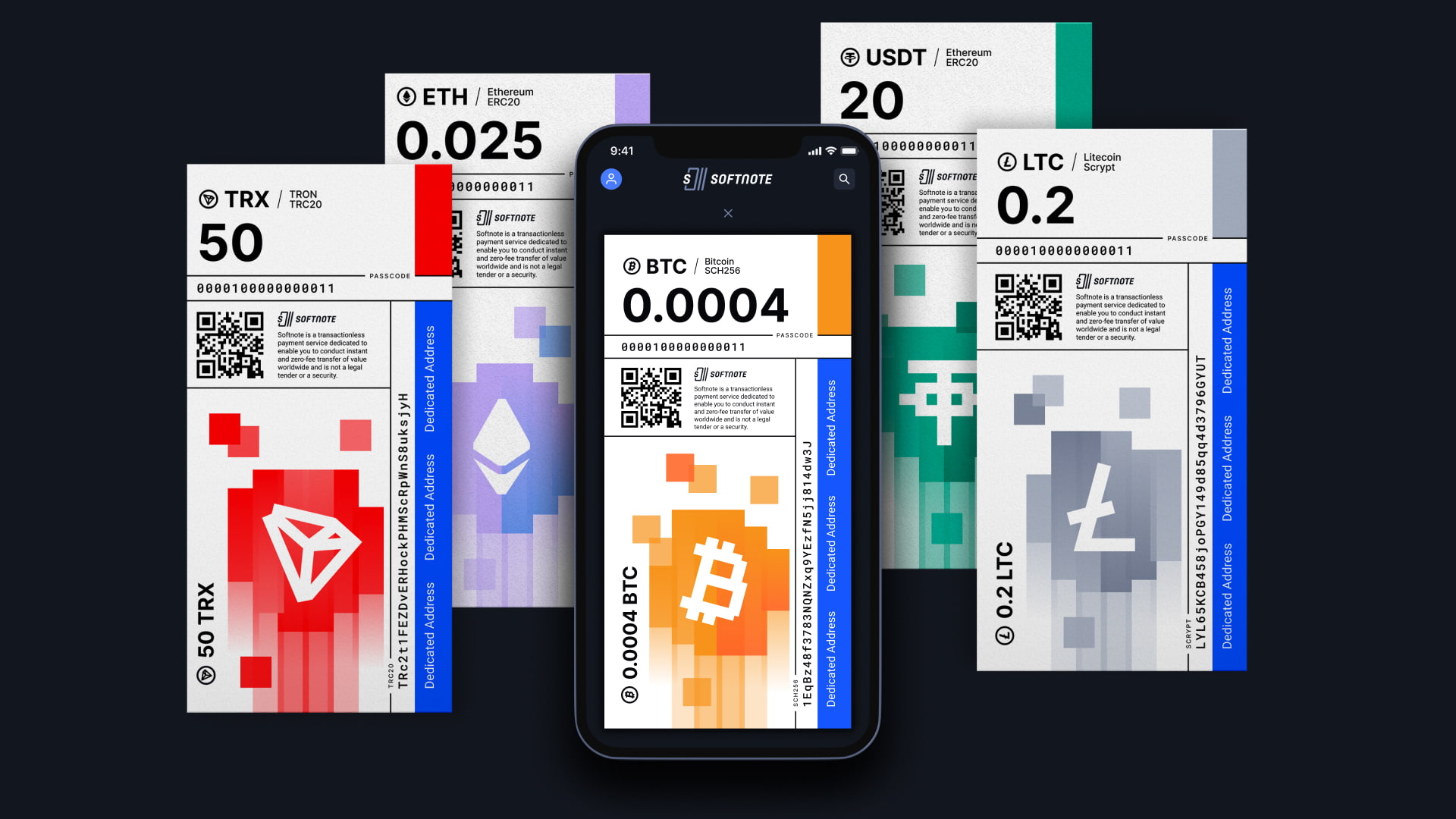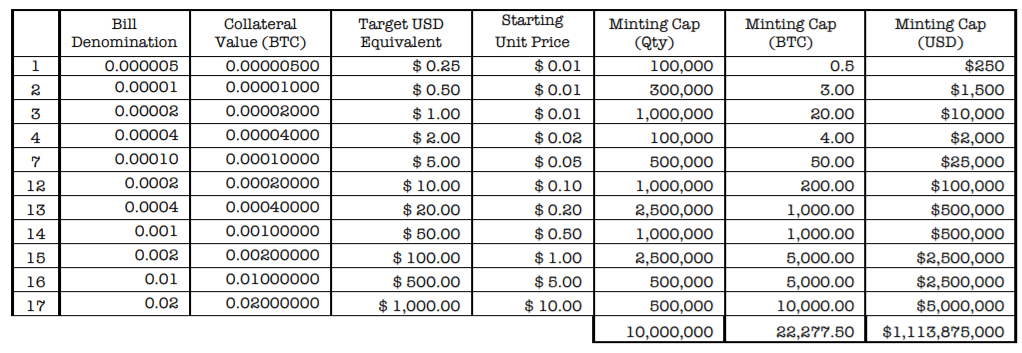The world of blockchain and cryptocurrency is rapidly evolving and the introduction of SoftNotes is just one of the latest and most exciting developments. Tectum’s flagship product, SoftNotes, positions itself as the first “Transactionless” payment system, offering truly instant payment capabilities and a zero-fee policy for the end user.

This article guides you through minting SoftNotes and explains the five base beneficiary positions digitally embedded in the SoftNote business model.
What Are SoftNotes?
Before we get into the process of minting SoftNotes, it is important to understand what they are and how they work. SoftNotes serve as digital bills for instant payments, allowing person-to-person transactions or sending over any messenger as a digital image. They offer users two secure payment forms: on the Tectum Network, users can send them instantly peer-to-peer and peer-to-merchant via POS and mobile app; off the Tectum Network, users can send them as private and anonymous digital images through text, email, or even printed on paper. Unlike cash, SoftNotes require a PIN code for the recipient to access the funds, making them much more secure.
Minting SoftNotes
Now that you have a basic understanding of SoftNotes, let’s dive into the process of minting them. The first step in minting SoftNotes is to purchase TET (Tectum Token), which is the token that enables you to mint SoftNotes. For every 1 TET purchased, you will be able to mint 100 SoftNotes. The TET can then be used in your SoftNote wallet to provide you with 100 unfilled SoftNotes.
Once the SoftNotes have been minted, they need to be filled with a store of value. This is where the liquidity provider comes in. The liquidity provider is responsible for providing the funds that will be used to fill the SoftNotes. The liquidity provider has their BTC on their Bitcoin wallet and chooses to transfer it to the SoftNotes they have just minted. This transfer of funds from the Bitcoin wallet to the SoftNotes makes the SoftNotes filled and ready for use.
Once filled, SoftNotes function like physical cash for transactions. Users can send them instantly peer-to-peer, peer-to-merchant via POS, or mobile app. Users can also send them as digital images via text, email, or even print them on paper, ensuring accessibility to anyone, anywhere, and at any time.
TL;DR
-
Understand the basics of SoftNotes
-
Mint SoftNotes by purchasing TET (Tectum Token)
- 1 TET enables minting of 100 SoftNotes
-
Use TET in SoftNote wallet to obtain 100 unfilled SoftNotes
-
Fill SoftNotes with a store of value provided by the liquidity provider
- Liquidity provider transfers BTC from their Bitcoin wallet to the minted SoftNotes
- Filled SoftNotes are ready for use
-
SoftNotes function like physical cash for transactions
-
Instantly send peer-to-peer, peer-to-merchant via POS, or mobile app
-
Send as digital images through text, email, or print on paper
-
Accessible to anyone, anywhere, and at any time
-
Key Benefits of SoftNotes
One of the key benefits of the SoftNotes system is that it provides a frictionless transport of value, eliminating the need for transaction fees. This makes SoftNotes a cost-effective solution for merchants, who will only be charged up to 1% for payments. This is much lower than traditional credit card processing fees and eliminates the risk of, fraud, or hidden costs. Tectum Merchants can instantly receive funds in the currency of their choice, including crypto, their native currency, or a mixture of both.
5 Base Beneficiary Positions (Minting SoftNotes)
Besides minting SoftNotes, understanding the five base beneficiary positions digitally embedded in the SoftNote business model is also crucial. These positions are as follows:
1. Minters: Minters are the holders of a Mint License, which gives them the ability to mint new SoftNotes and receive a share of the revenue generated by the circulation of these notes throughout their lifetime.
2. Liquidity Providers: Liquidity providers are responsible for providing the funds that are used to fill the SoftNotes. They receive a share of the revenue generated by the circulation of the SoftNotes that they make available.
3. Changer/Converter: Changers/Converters are responsible for contributing a package of SoftNotes, making a portion of the entire volume available for change and/or conversions in SoftNote operations. They receive a share of the revenue generated by the circulation of SoftNotes.
4. Tectum Nodes: Every Node owner receives an equal share of the revenue generated by the entire volume of SoftNotes circulated in the system throughout their lifetime.
5. Tectum: 20% of the revenue goes to Tectum, the company behind the SoftNote Payment System, to cover operational costs, development, and other expenses related to the growth and maintenance of the platform. The Market Development Fund plays a role in incentivizing early adopters, supporting merchant integrations, and promoting SoftNotes’ global use. Additionally, this fund helps develop and integrate SoftNotes into existing payment systems and explores new markets and technology use cases.
SoftNote Minting (Conclusion)
In conclusion, SoftNote is a revolutionary product in the world of blockchain and cryptocurrency. They provide users with a frictionless and secure means of instant payment and offer an alternative to traditional payment methods. The process of minting SoftNotes is straightforward, and the five base beneficiary positions provide multiple revenue streams for those involved in the system. As the blockchain and cryptocurrency world evolves, SoftNotes aim to become a key industry player, bridging the gap between cryptocurrency stuck in users’ wallets and a real-life use case for mass adoption.
For more online resources and information on how cryptocurrency work, especially how the TET token works, Tectum has a number of resources on YouTube.


